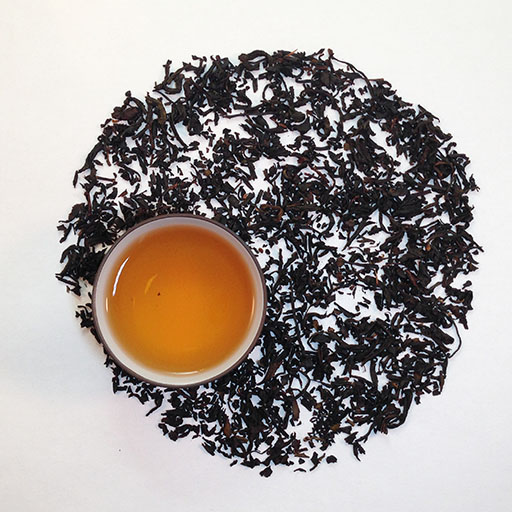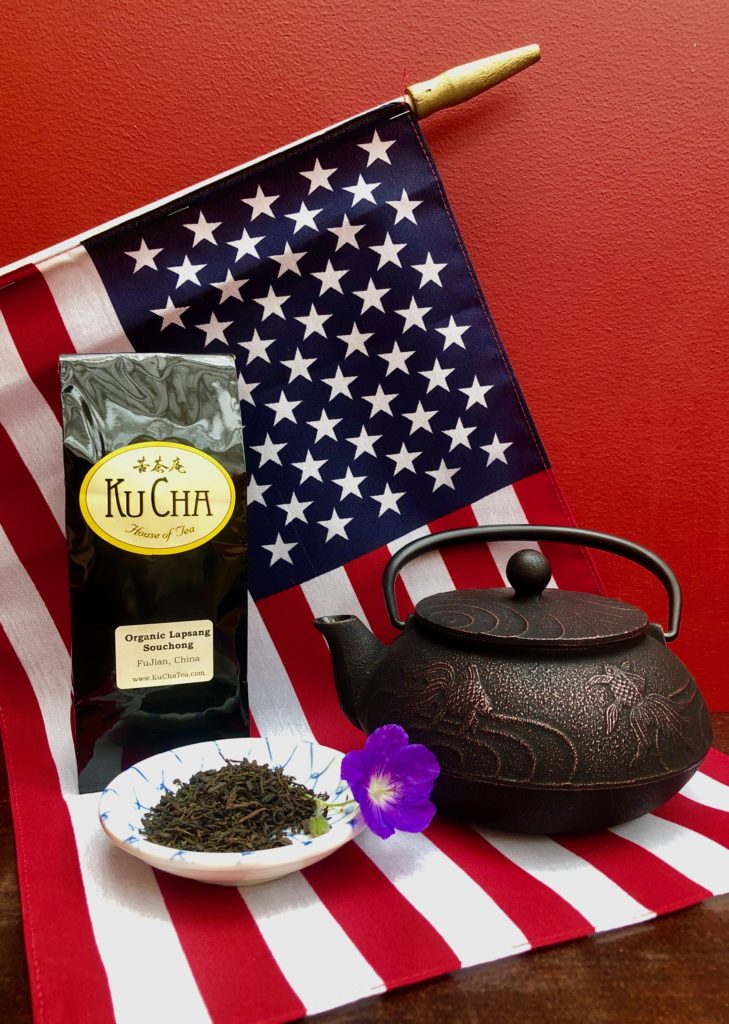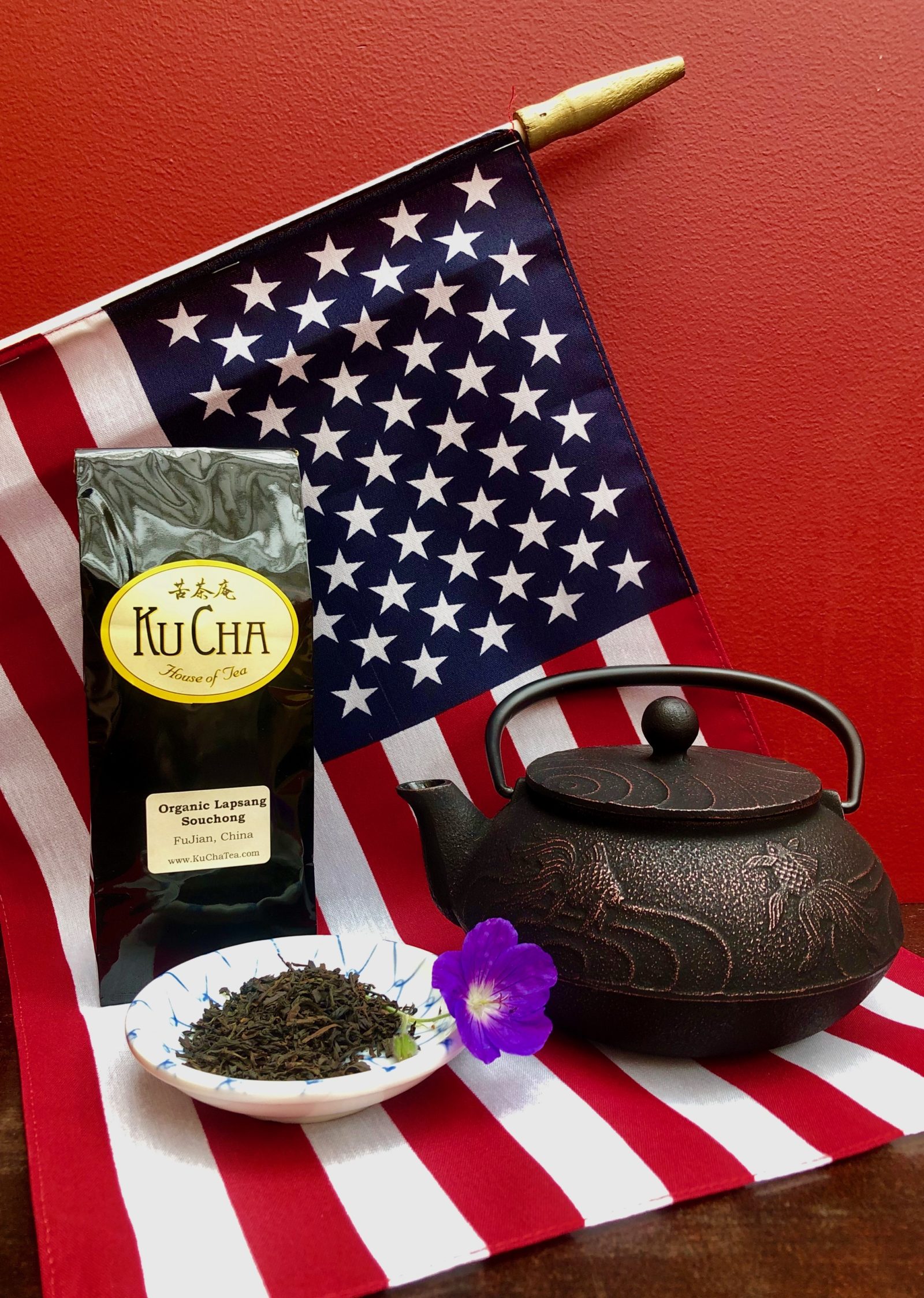Unique tea from China’s Fujian province delivers powerful flavors
Every self-respecting July 4 party involves burgers, hot dogs, chicken and a grill.
But this year, consider honoring the star of the party — the grill — with something that reflects its smoky essence: Lapsang souchong tea.
Unlike most other traditional Chinese black teas, which rely upon the sun and air to dry tea leaves, tea artisans use smoke from burning pine wood to dry Lapsang souchong. The result? Tea offering pronounced aromas and flavors of smoke.
It’s the barbecue of tea. And it’s delicious.
What is Lapsang Souchong tea?

Lapsang souchong originally comes from the mountainous Wuyi region in southeast China’s Fujian province. The region is known for a wide variety of oolong and black teas — in fact, Wuyi is considered the birthplace of oolong and black teas — but only Lapsang souchong gets the smoke treatment.
Lapsang souchong’s embrace of smoke was borne out of necessity, rather than culinary artistry. The story goes that during the Qing era (the last imperial dynasty of China, spanning from the middle of the 17th century until 1912), armies passing through the region disrupted the tea-drying process. To meet demand for Wuyi’s black teas, tea workers sped-up the drying process by using the heat and smoke from fires.
The tea, of course, tasted completely different — and it struck a chord, especially within the export market. Tea drinkers liked it enough to persuade certain Wuyi artisans to keep using smoke to dry some of their teas.
Today, Wuyi remains a tea growing powerhouse, supplying the world with myriad types of oolong and black teas. And a handful of tea makers still craft Lapsang souchong. We are proud to carry the finest Lapsang souchong teas, crafted with true artisanship in Wuyi just as they were hundreds of years ago.
Lapsang souchong tea-making process involves multiple steps
One of Lapsang souchong’s many pleasant surprises revolves around the word souchong, which means fourth and fifth leaves of the tea plant. These leaves, relatively far removed from the prized tea bud (called the pekoe), are coarser than the finer leaves, and don’t have as much flavor. If not for Lapsang souchong, which uses these leaves, they probably wouldn’t find much of a consumer market.
The process for drying tea leaves with pine smoke involves several steps. First, workers fill bamboo baskets called hōnglóng with fresh tea leaves, and hang the baskets over fires made from either pine or cypress wood. This first step withers the leaves.
Workers then line barrels with the leaves, a step that ripens the smoky flavor as the tea oxidizes. Finally, the tea is placed in flat bamboo baskets and roasted again over pine fires. This last step ends the oxidation process, and adds more smoke to the flavor profile. At this point, Lapsang souchong is ready for sale.
Lapsang souchong shares flavors with Scotch whiskey, is embraced by chefs
Lapsang souchong is rich with smoke aromas and flavors; many compare the tea to Scotch whiskey (minus the alcohol part). Chefs have discovered the tea’s unique punch of woodsy flavor, using it dry in spice rubs or brewed and added to things like sauces and stews. Among other things, it imparts a barbecue flavor to things like soup without the smoked meat that normally gets used.
Another interesting use? As the backbone of kombucha tea. Kombucha relies upon tea, and the tea normally is straightforward black tea. But when brewed with Lapsang souchong, kombucha offers a little taste of the forest. It’s an interesting twist to kombucha-making.
Lapsang souchong is not widely consumed across China. Black teas in general were created for the export market, and while many Chinese consumers today do sip black tea, Lapsang souchong is not commonly one of them.
But it’s popular around the world, including in this week’s birthday nation.
Ways to enjoy Lapsang souchong for July 4
Our suggestions for spicing up July 4th picnics with Lapsang souchong? Our first is to simply start the day with a pot or mug of hot tea — we offer brewing directions below. For the July 4th picnic itself, we think Lapsang souchong iced tea would work splendidly, although we also think the iced version should be a bit weaker than a cup of hot Lapsang souchong. People gulp iced tea on hot days; a whisper of smoke, rather than a punch, will go down much easier. Fresh mint in the iced tea? Lemon? Why not? See the recipe below for cold-brewed for Lapsang souchong tea.
Happy July 4th!

How To Brew Hot Lapsang Souchong Tea
Lapsang souchong is brewed like any other black tea. But given the smoke flavor, experimenting with the style is important. Some people savor potent wallops of woodsiness in their cups of Lapsang souchong, while others prefer gentle caresses.
Use 2 teaspoons of tea per each 8-12 ounces of water.
Pour boiling water over the tea, and let steep for two minutes or longer.
For Lapsang souchong, for the first time you brew the tea we recommend tasting at two minutes and then continuing to taste every 30 seconds. You may find 2 minutes is perfect, but you also might think a five-minute steep is ideal.
For a lighter brew, you also can try using water that is 195 degrees (a simple way to do this is bring water to a boil and wait for five minutes before pouring). For stronger brews, just lengthen the steep time.
How To Make Cold-Brew Lapsang Souchong Tea
Add one ounce of Lapsang souchong tea to one gallon of cold, filtered water. Place the vessel in the refrigerator for at least 3 hours. When the cold-brew tea tastes most appealing, strain the tea leaves from the liquid, and store the cold-brew tea in the refrigerator.

